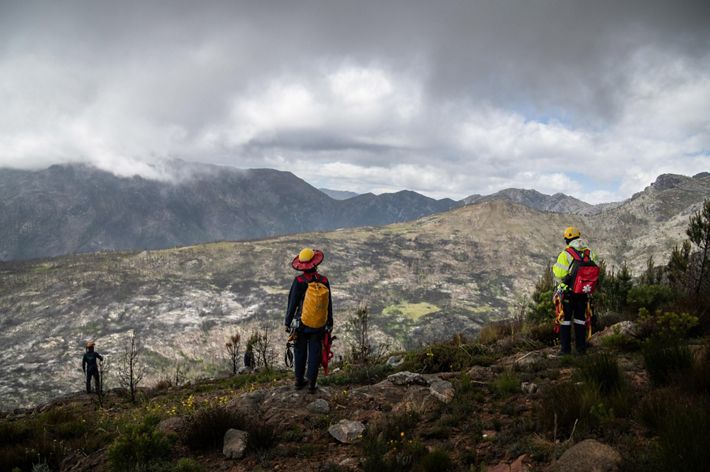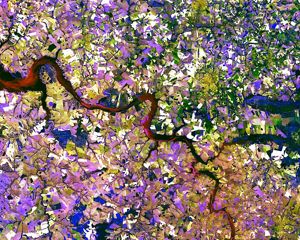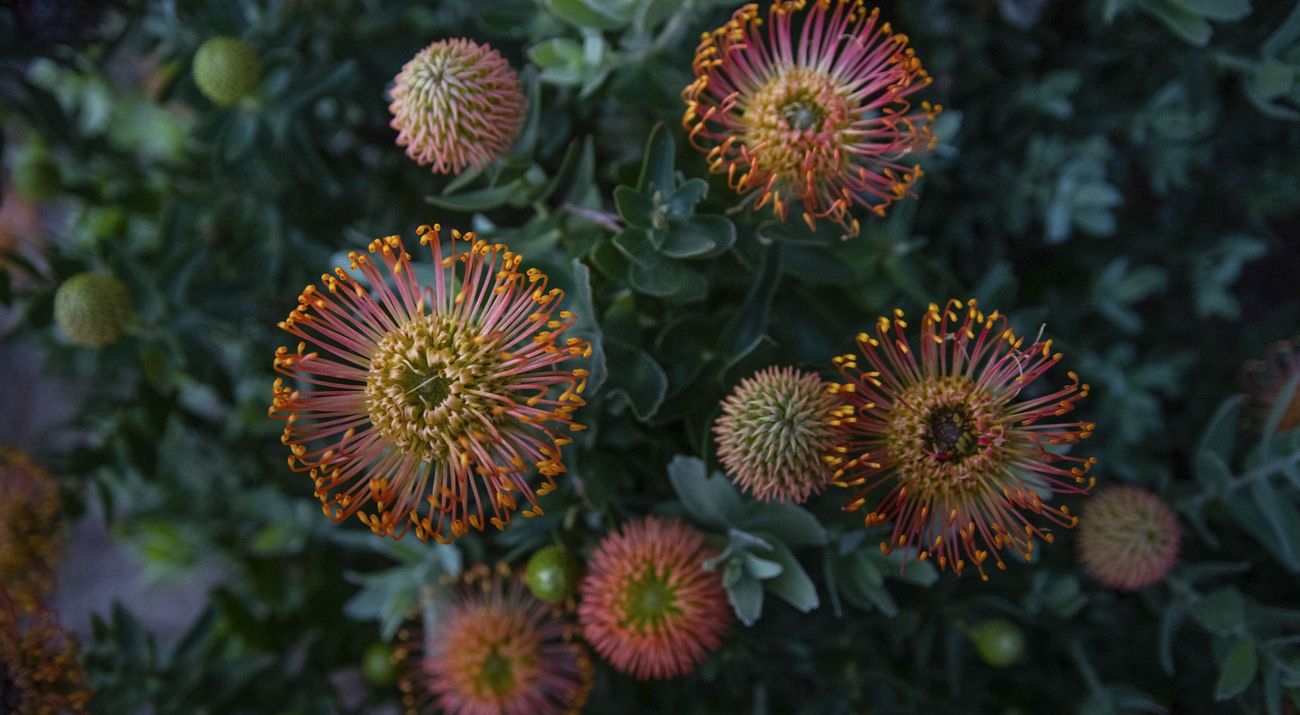
The Power of Nature
While natural systems are under threat like never before, nature is not as fragile as we sometimes think.
This article was written by Giulio Boccaletti, former Chief Strategy Officer & Global Ambassador for Water with The Nature Conservancy.
We all have seen them: natural history documentaries that begin with a wonderfully pristine ecosystem, first on stage as a fragile, unstable thing of beauty. Complex habitats and rare animals mesmerize viewers with delicate, spellbinding behavior. Then, the story takes a dark turn as nature collides with the forces of mass production. The global economy, with its ruthless incentive structures and unrelenting search for growth, is the powerful nemesis to the fragile environment in need of a savior. The narrator urges us: Will we be, after all, the heroes of this story? Act, before it is too late.
There is truth to this story. There is no doubt humanity has inflicted untold damage on the world’s ecosystems. Our footprint is everywhere. As modernity chips away at the last great wild places, cutting down forests, polluting rivers, and spreading invasive species, the fossil fuels that power its march burn up the sky, altering the chemistry of the atmosphere, shifting the energy balance of the planet. When atmospheric chemist Paul Crutzen baptized this human era as “the Anthropocene,” he crystallized into geological nomenclature a simple fact: Homo sapiens is the only species in Earth’s long history to have been able to fundamentally alter the geochemical cycles that regulate the planet in a mere few decades.
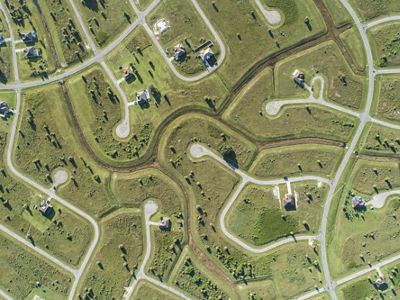
But who is the real hero of this story, and who is the victim? The narrative of nature’s fragility misses something important. Nature has agency. Nature acts on the planet on a scale that dwarfs most human processes. The Earth’s powerful climate system is a case in point. The impact it has on every person in the world makes clear one basic fact : We are small, we are fragile, we are the ones at risk. One of its principal components, the hydrological cycle of the planet, for example, is a system of extraordinary complexity and power. The energy released over the course of a few days by a single hurricane is equivalent to that used by the entire world economy in a year. And that is a single storm. For all of our ingenuity and power, recent human actions are a perturbation on the vast and complicated machine that is the Earth. A perturbation that has been able to throw this big machine off balance, for sure, but one whose perpetrators are also a primary victim.
The camera needs to turn around. Nature is looking at us. We are the fragile creatures that have chosen to undermine the very foundation that keeps our home from collapsing. We are the unwitting victims of our own success. And, if we are going to survive—and hopefully even thrive—we need to turn to nature for the answers.
That story needs telling, too. The good news is that a growing number of natural history documentaries are catching on to this revelation, capturing the complexities and power of nature, rather than just its frailties. The Age of Nature, a threepart series that I and my Nature Conservancy colleague Stella Cha helped the producer Brian Leith and his team conceive and that will air on PBS this October, explores the true potential of nature in shaping our future. Rather than looking at nature from an exclusively human perspective, the documentary frames people as they are embedded in the ecosystems that sustain them. In this way, we try to understand nature’s agency on us.
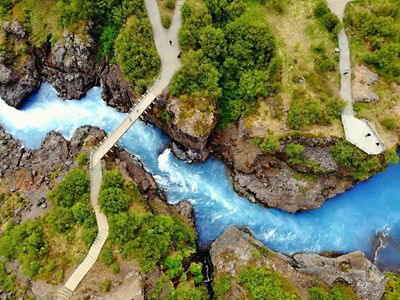
One of the most intriguing stories from the series, revealing our utter dependence on the power of nature, is that of the Chagres River, which feeds the Panama Canal. To keep the canal operational requires capturing water from the Chagres in an artificial lake, called Gatun Lake, at the center of the isthmus. A series of three locks on both the Atlantic and Pacific sides of the canal control the flow of that freshwater into the ocean. When a ship enters the locks, it is gradually raised up to the height of the lake, about 85 feet above sea level, and then is lowered back down on the other side.
The canal system—heralded as one of the greatest engineering feats of the 20th century—works well as long as there’s abundant freshwater coming in. But even before the canal opened, farmers were clearing forests in the Chagres watershed, and the river’s flow began to decline. Over time, the operators of the canal realized that there was a tight relationship between the amount of forest in the mountains and the amount of water replenishing the canal. The watershed was a pump maintaining this key economic asset that much of the world’s shipping trade was passing through. Recognizing the value at stake, a plan was devised to set aside the lands surrounding the river as national parks, which have become some of the best-protected and best-studied tropical forests in the world.
People often marvel at the sight of some of our accomplishments: skyscrapers, interstate highways or machines that fly. But these achievements are dwarfed by the awesome power of nature, working sometimes over millions of years, to create some of the most fundamental and sophisticated systems on the planet. Because many of these systems operate in the background, we often see nature as passive. But it is not. Nature shapes our landscapes and maintains crucial processes on which we all depend—from photosynthesis to pollination. The story of the Chagres shows that nature is an active agent, not just a place. It is the protagonist of the heroic journey of this planet. Nature has agency.
Quote
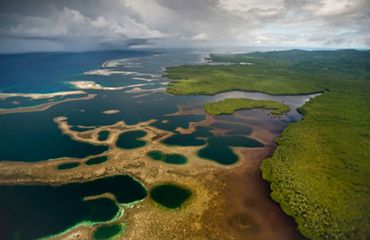
Nature acts on the planet on a scale that dwarfs most human processes...We are small, we are fragile, we are the ones at risk.
The agency of nature is not just reflected in its function. It is also expressed by its ability to recover. Another story in the series focuses on Bikini Atoll. Between 1946 and 1958, the United States detonated 23 nuclear bombs on the atoll in the Pacific Ocean as part of a weapons-testing program. The local coral reefs were annihilated and the islands were too contaminated for displaced residents to be resettled. In 2017, when scientists returned to scuba dive at the Bravo Crater— left behind by a 15-megaton hydrogen bomb, the most powerful nuclear weapon ever detonated by the U.S.—they discovered a coral community teeming with marine life. In some places, living coral covered 80 percent of the seafloor and scientists saw branching corals up to 25 feet tall. There were fewer species than there used to be prior to the nuclear tests, but the visit was proof of the resiliency of nature.
And Bikini Atoll is not an isolated case. From the return of wolves to Yellowstone National Park to the recovery of fisheries in the North Atlantic, conservation success stories happen all the time when nature is given the chance.
This ability to recover is a powerful engine we can rely on to restore functions we critically depend on. One great example of this, also featured in the series, is TNC’s work on the water supply in Cape Town, South Africa. In 2018, the city came frighteningly close to running out of water. In the watersheds that provide water to Cape Town, invasive trees, including acacia, pine, and eucalyptus, were sucking up 14 billion gallons of water every year—about two months’ worth of the city’s supply. Working together with local partners, TNC is in the process of pulling out those destructive plants from one particular watershed. The resurgence of dry-adapted native vegetation will help ensure Cape Town has the equivalent of two more months of water a year. Nature, once again, has agency.
Undoubtedly, the most challenging problem humanity faces is climate change. Carbon dioxide concentrations are reaching dangerous levels in the atmosphere. To avert disastrous impacts on the conditions we depend on to inhabit this planet, we have to reduce fossil-fuel emissions. But TNC’s research has shown that reducing emissions alone will not be enough. We also need to take an enormous amount of carbon out of the atmosphere, urgently. The only thing on this planet that can operate on that scale are the ecosystems that TNC is trying to protect.

Our scientists have shown that by restoring our coastal wetlands to their 1990 extent, for example, we could offset the emissions generated by more than 2 billion barrels of oil. And we could achieve those gains while also reducing flood damage to oceanside communities by up to 29%. In Australia’s savanna, we’ve supported traditional fire management practices that will keep up to 13.8 million metric tons of carbon dioxide out of the atmosphere over the next 7 to 10 years by curbing out-of-control megafires. Expanding our early-season controlled burning programs to 29 countries in Africa, South America and Oceania could prevent 89.3 million metric tons from being emitted from savanna fires every year. Every day we’re learning more and more about nature’s capacity to heal itself, and our job as conservationists is really to learn to play to its strengths, so that we can all rely on its agency.
The title shot of The Age of Nature captures well the spirit of this story. The scene is that of a city, seen from a distance. In the foreground, dark leafy branches frame the image, suggesting that the city, glimmering in the sun, is seen from a clearing within a thick, dark forest. The camera has truly been turned around. It is not looking at nature. It is nature that is looking at us: people living as part of a fragile, unstable system in need of saving. We need nature to intervene before it is too late. We have entered an era in which the destiny of humanity depends on our ability to call nature to our aid. It is, as the title of the series suggests, The Age of Nature.
Global Insights
Check out our latest thinking and real-world solutions to some of the most complex challenges facing people and the planet today.
